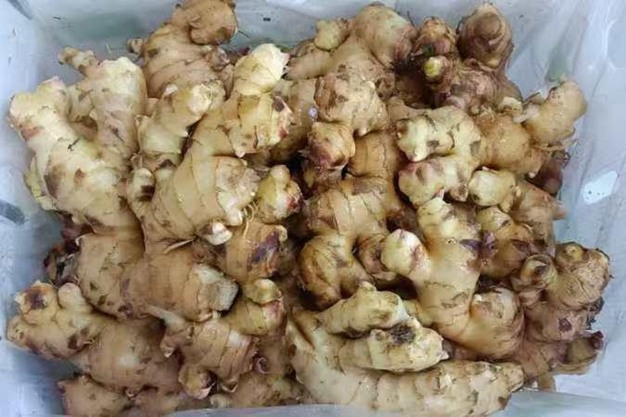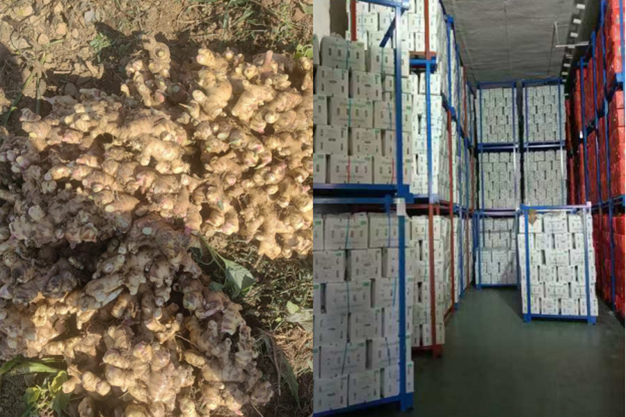December is traditionally the peak season for Chinese ginger exports, but order volumes have decreased this year. Fujian Xinxianhui Trading Co., Ltd., a company involved in both domestic and international ginger trade, is experiencing this decline. "This year, ginger production has increased both domestically and internationally. Neighboring countries such as Thailand, Vietnam, and India are providing stiff competition due to their lower raw material prices. This is a significant factor behind the reduction in export orders," said Mr. Ye Qiaowei from the company.

Organic ginger (All pictures are of organic ginger)
The increase in production has led to Thai ginger being quoted lower than Chinese ginger in foreign trade this year. As a result, many orders from markets like Europe and Pakistan have shifted to Thailand. Similarly, India and Vietnam are also seeing an uptick in order volumes. Traditionally, Pakistan and the Middle East have been key markets for Chinese ginger, but these changes are significantly affecting export demand in the new season. Additionally, Brazil, which saw strong market returns last year, is expected to expand its ginger production further. This is likely to put additional pressure on global prices.

Discussing the domestic market situation for the new ginger season, Mr. Ye noted: "Both the planting area and yield per hectare have increased significantly this year. In Shandong, for example, production is estimated to be up by 30%-50% compared to last year. This overcapacity is straining the market, causing prices to drop early in the season. Storage companies have been hesitant to stock up."
"In northern production areas, early-season prices were set too high. Current prices have fallen by about 25%, to approximately ¥4,500-¥5,000 per ton, resulting in heavy losses for many early market entrants. Southern production areas face a similar trend: prices initially started high but have since declined with the increase in supply. We've focused on entering the market at midstream prices."
An unusual situation has emerged in the Northeast production areas this year. The qualified rate of ginger for export to Europe has dropped dramatically, from 70% in previous years to just 20%. "This has made many storage companies reluctant to purchase ginger from this region," Mr. Ye explained. Contributing factors include heavy rainfall during the mid-growth period and insufficient temperature variation during harvest, which have reduced starch content in the ginger.

Mr. Ye expressed a pessimistic outlook for the ginger market next year. "Based on current supply-demand dynamics, prices could collapse after the planting of the next season's crop. In foreign trade, companies with a supply of southern ginger that meets quality standards and offers a price advantage will dominate the market. We plan to adjust accordingly, purchasing southern ginger only when raw material prices are under ¥4,000 per ton and refraining from large-scale storage. By March next year, once existing stocks are depleted, we will make purchases based on customer orders and prevailing market conditions."










